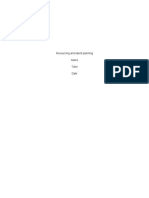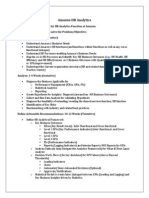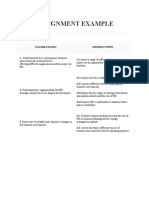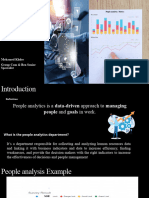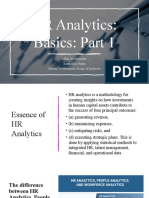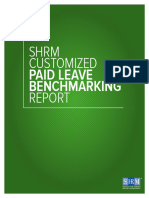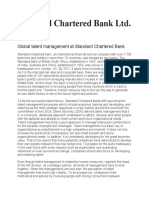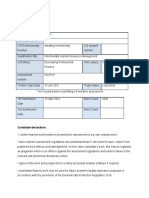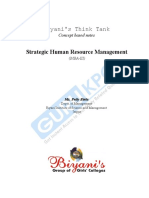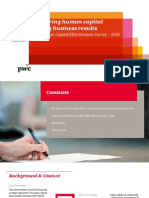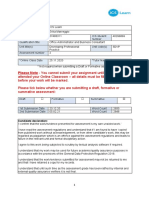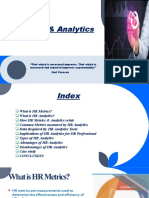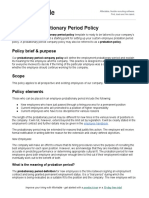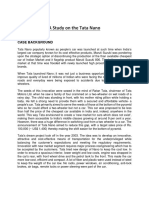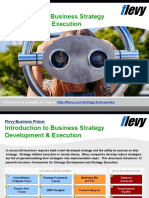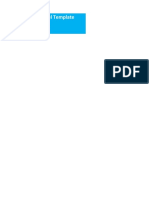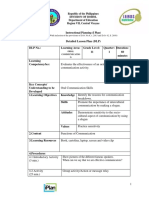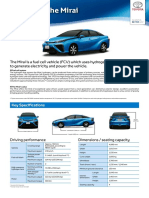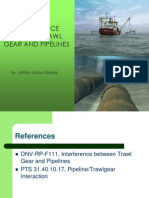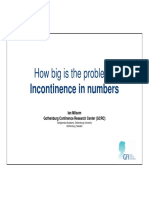100% found this document useful (1 vote)
304 views19 pagesExamples of Company: Used Extensive Data Analysis
Uploaded by
sucheta menonCopyright
© © All Rights Reserved
We take content rights seriously. If you suspect this is your content, claim it here.
Available Formats
Download as DOCX, PDF, TXT or read online on Scribd
100% found this document useful (1 vote)
304 views19 pagesExamples of Company: Used Extensive Data Analysis
Uploaded by
sucheta menonCopyright
© © All Rights Reserved
We take content rights seriously. If you suspect this is your content, claim it here.
Available Formats
Download as DOCX, PDF, TXT or read online on Scribd
/ 19




